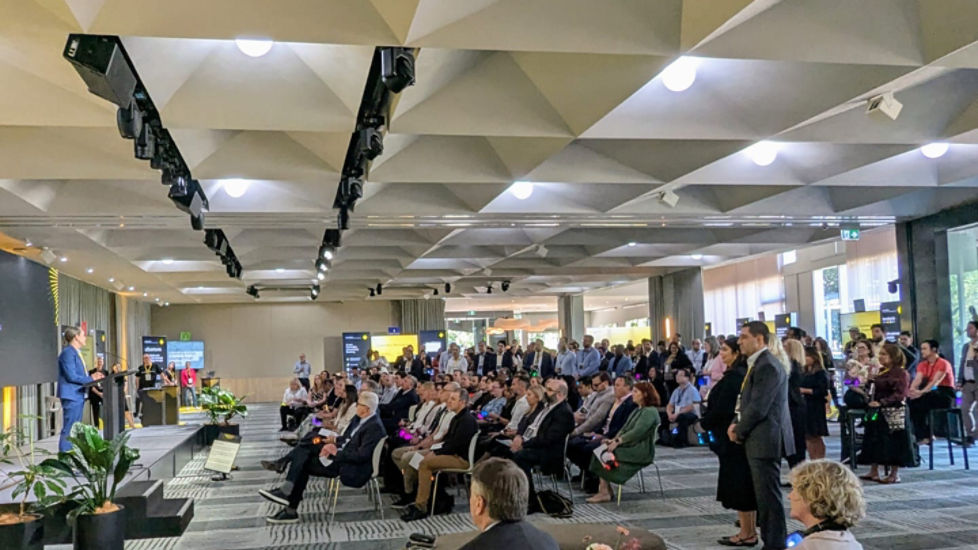Our increasingly digital world is producing vast amounts of data. Last year alone, every person generated 1.7 megabytes of data per second while internet users generate 2.5 quintillion bytes of data daily. This volume is projected to increase by around 40 percent annually.
As Australia’s largest bank, the Commonwealth Bank has visibility over more than 40 percent of card transactions nationally and 36 percent of the population count on the bank as their main financial institution. It is an extraordinarily rich data set and one we have been harnessing for many years to help improve our retail customers’ financial wellbeing and help our corporate clients make better decisions.
As a result, we are assessing more advanced applications for data-led solutions. Numerous projects are examining our data, which is always aggregated and de-identified, to determine how it can be used to benefit our customers and the communities in which we operate.
Raising awareness to change behaviour
Elise Fairbairn, Managing Director of Transactional Banking Solutions, recently spoke at a CommBank event about the role data and analytics can play in helping companies transition to a lower carbon future.
“Data and analytics have immense power to bring about both the required changes in behaviour, and to measure our transition to a more sustainable economy – one that is lower carbon and more resource efficient,” she said.
Some of the data analytics opportunities the bank is exploring relate to consumers’ awareness of their carbon footprint. David Watts, Managing Director, QDAT, which sits in CommBank’s Institutional Banking & Markets division, says there is potential for the bank to use transaction data to understand consumers’ behaviour and how much carbon they are emitting.
At the same time, CommBank’s venture building outfit, x15 Ventures, is working with Wattle, a home energy solution, to improve energy efficiency. Transaction data is again being used to create awareness among households and prompt them to manage their usage to improve climate outcomes and financial wellbeing.
Making supply chains more sustainable
Understanding supply chains is essential to moving to a more sustainable economy and for corporations to meet environmental, social and governance (ESG) goals.
“We are looking to help clients understand their supply chains from both a carbon and social perspective,” said Watts.
Measuring the green component of products should see a price differential emerge versus products that lack sustainability credentials. Did that wheat come from a farm that captures carbon? Was it transported and stored in a climate-responsible manner?
“Tracking ESG credentials across the supply chain is a big task requiring considerable infrastructure but by collaborating with AI-powered partners, it may be possible,” Watts said.
Data and analytics will also underpin insights into the trajectory of Australia’s burgeoning ESG bond market. CommBank is tracking trading and liquidity in the secondary market and how pricing compares with similar bonds without ESG commitments.
This will be invaluable when helping investors to enter the market. The bank can explain to prospective issuers the liquidity they can expect and if there is a genuine premium for committing to ESG goals against which bondholders will hold them to account. Additionally, by combining bank data with theirs, bankers can help clients to measure their ESG outcomes.
The link between unlocking a more sustainable economy and data and analytics may not always be obvious, but like data itself, the applications are growing exponentially.
“Over the next 30 years, more than five times the national GDP will be invested in urban infrastructure, highlighting the opportunity for the private sector and public sector to contribute to the breadth of the sustainability agenda,” said Fairbairn.
Meanwhile, indicators on growth can help individuals and collectives to better understand how they can contribute and support the transition to a more sustainable economy.
“Overarching it all is data, the lifeblood of decision-making and the raw material for accountability.”




